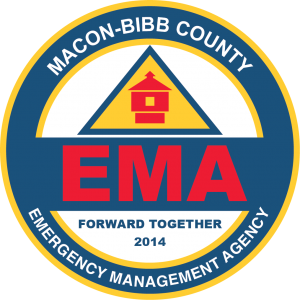Bioterrorism
Bioterrorism is the intentional release or threat of release of biologic agents in order to cause disease or death among human population, livestock, and crops. These agents, such as viruses, bacteria, fungi, toxins, etc., are typically found in nature, but could be mutated or altered to increase their ability to cause disease, make them resistant to current medicines, or to increase their ability to be spread into the environment.
Biological agents are classified into three categories, Category A, Category B, and Category C. The classifications are based on the priority of the agents to pose a risk to the national security, and they ease with which they can be disseminated.
| Category A | Category B | Category C |
|
High priority agents include organisms that pose a risk to national security because they are:
|
Second highest priority agents include those that are:
|
Third highest priority agents include emerging pathogens:
|
Biological weapons can enter the human body through inhalation, contact and the gastrointestinal tract. It can be dispersed through bomblets delivered by aircrafts or use of spray tanks mounted on aircrafts or tall buildings. Certain agents can be aerosolized and distributed over large geographic areas, while others are spread through deliberate infiltration of infected animals or pests, or sent directly to a target through mail.
A biological attack may or may not be immediately obvious. In preparation against biological weapon attacks, newer methods for early detection or warning have by created. The MOST important step in a bioterrorist attack is to identify the event. The cause of a disease or even the occurrence of anything unusual may be very difficult to determine, especially if cases are few and far between. All outbreaks, no matter the size, should be evaluated as if it’s possibly a bioterrorist attack.
If a biological attack is determined, there are many steps to take during response: rapid epidemiological investigation, quick laboratory support, mass casualty management, and containment for further spread of the disease. Response revolves a lot around contract tracing: assessing time, place and person distribution of those affected, routes of transmission, impact on health facilities, agencies involved in response, and so on.
Communication with the public is an important aspect of responding to a bioterrorism related outbreak. Information should be clear, consistent, and easy to understand in order to ensure public safety and minimize any additional terror or concerns. The public would be alerted through many different media platforms in order to reach the whole community.

